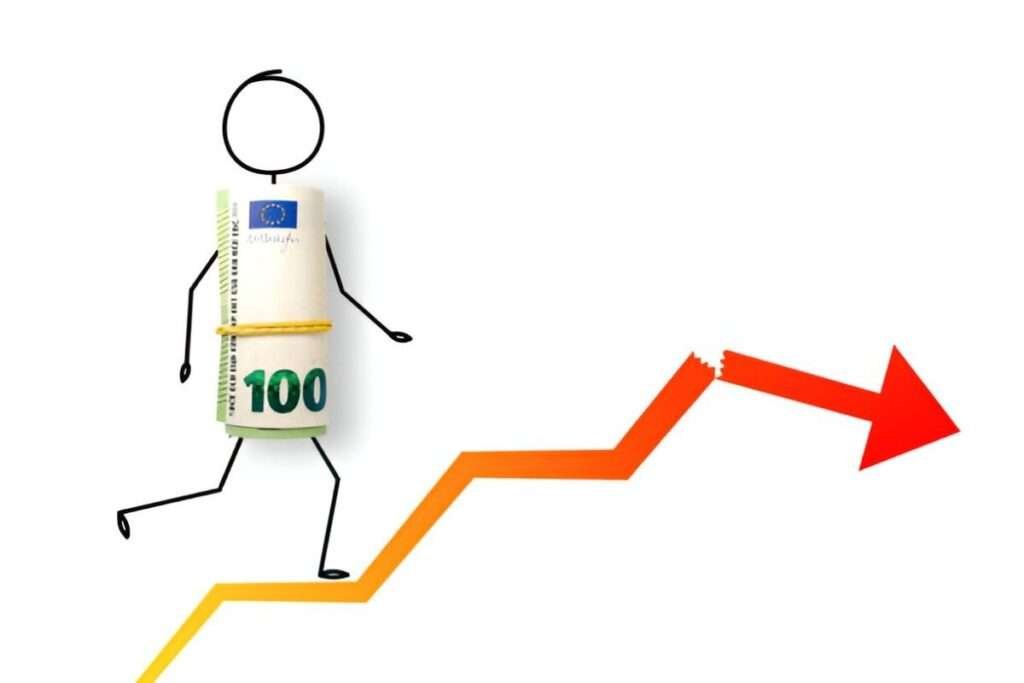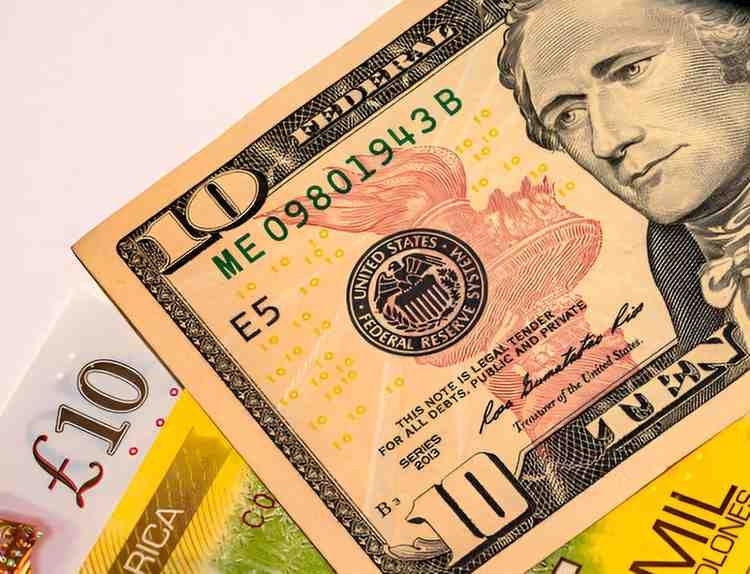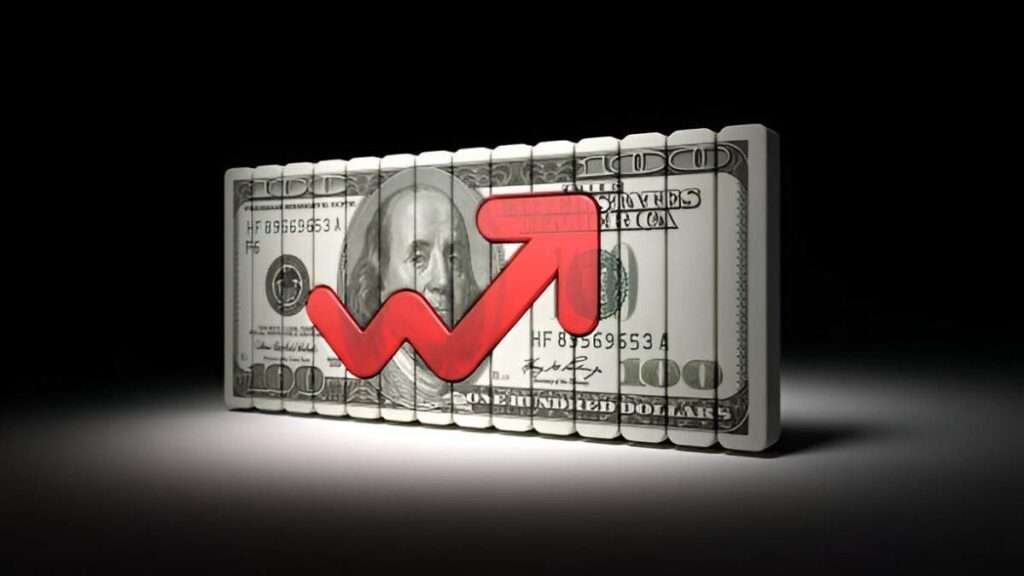Introduction
Turning $100 into $1000 in the forex market is an ambitious goal. Many traders attempt this challenge, drawn by the possibility of high returns with minimal capital. However, forex trading carries significant risk. Without proper risk management, the entire $100 can be lost in a matter of minutes. This article explores the $100 to $1000 forex challenge, providing a structured approach, practical strategies, and detailed calculations to illustrate potential outcomes.
Table of Contents
Understanding the Challenge
The goal of the challenge is simple: grow an initial $100 deposit into $1000 through disciplined forex trading. This requires a return of 900%, a significant task even for experienced traders.
Key Considerations:
- Leverage and Risk: Forex brokers offer leverage, often up to 50:1 in the U.S. Higher leverage increases profit potential but also raises risk.
- Position Sizing: Managing trade size is crucial. If the risk per trade is too high, a few losses can wipe out the account.
- Psychology: Emotional discipline determines success. Impulsive trading leads to losses.
- Market Conditions: Volatility, economic events, and liquidity impact trade outcomes.
Step-by-Step Growth Plan
The challenge involves compounding gains while controlling risk. A structured plan helps maintain consistency. Below is a proposed roadmap:
| Stage | Account Balance | Target Profit (%) | Target Profit ($) |
|---|---|---|---|
| Start | $100 | 10% | $10 |
| 1 | $110 | 10% | $11 |
| 2 | $121 | 10% | $12.10 |
| 3 | $133.10 | 10% | $13.31 |
| 4 | $146.41 | 10% | $14.64 |
| … | … | … | … |
| 24 | $949.78 | 10% | $94.98 |
| 25 | $1044.76 | – | Goal Achieved |
This plan assumes an average of 10% profit per trade cycle while keeping risk controlled.
Risk Management Strategies
1. Position Sizing
A key aspect of risk management is determining how much capital to risk per trade. A common approach is the 2% rule, where no more than 2% of the total account is risked on any single trade.
Formula for position size:
\text{Position Size} = \frac{\text{Risk per Trade}}{\text{Stop Loss in Pips} \times \text{Pip Value}}Example:
- Account balance: $100
- Risk per trade: 2% ($2)
- Stop loss: 10 pips
- Pip value: $1 per pip
2. Risk-Reward Ratio
A positive risk-reward ratio ensures long-term profitability. A 1:2 risk-reward ratio means risking $2 to make $4. Even with a 50% win rate, the trader remains profitable.
| Risk-Reward Ratio | Win Rate Required for Profitability |
|---|---|
| 1:1 | >50% |
| 1:2 | >33.3% |
| 1:3 | >25% |
Trading Strategies for the Challenge
1. Scalping
Scalping involves making multiple quick trades, capturing small price movements. It requires high leverage and precise timing.
Example:
- Pair: EUR/USD
- Entry: 1.1000
- Stop Loss: 1.0995 (-5 pips)
- Take Profit: 1.1010 (+10 pips)
- Lot Size: 0.2
- Profit: $2 per trade (if successful)
2. Swing Trading
Swing traders hold positions for days, relying on technical and fundamental analysis.
Example:
- Pair: GBP/USD
- Entry: 1.2500
- Stop Loss: 1.2450 (-50 pips)
- Take Profit: 1.2600 (+100 pips)
- Lot Size: 0.1
- Profit: $10 per trade (if successful)
Psychology and Discipline
Emotional discipline separates successful traders from failures. Following a strategy without deviation is critical. Traders must:
- Accept losses as part of the process.
- Avoid revenge trading.
- Maintain a trading journal.
Challenges and Risks
| Risk | Description | Mitigation Strategy |
|---|---|---|
| Over-leveraging | Excessive risk due to high leverage | Stick to conservative leverage (e.g., 10:1) |
| Emotional Trading | Making impulsive trades after losses | Follow a strict plan |
| Market Volatility | Unexpected price swings | Trade during stable market hours |
Conclusion
The $100 to $1000 forex challenge is achievable but requires patience, discipline, and a sound strategy. Traders must control risk, manage emotions, and use proper trading techniques to succeed. While high returns are possible, losses can occur just as quickly. Success in forex trading depends on consistency, strategy execution, and risk control rather than luck.





